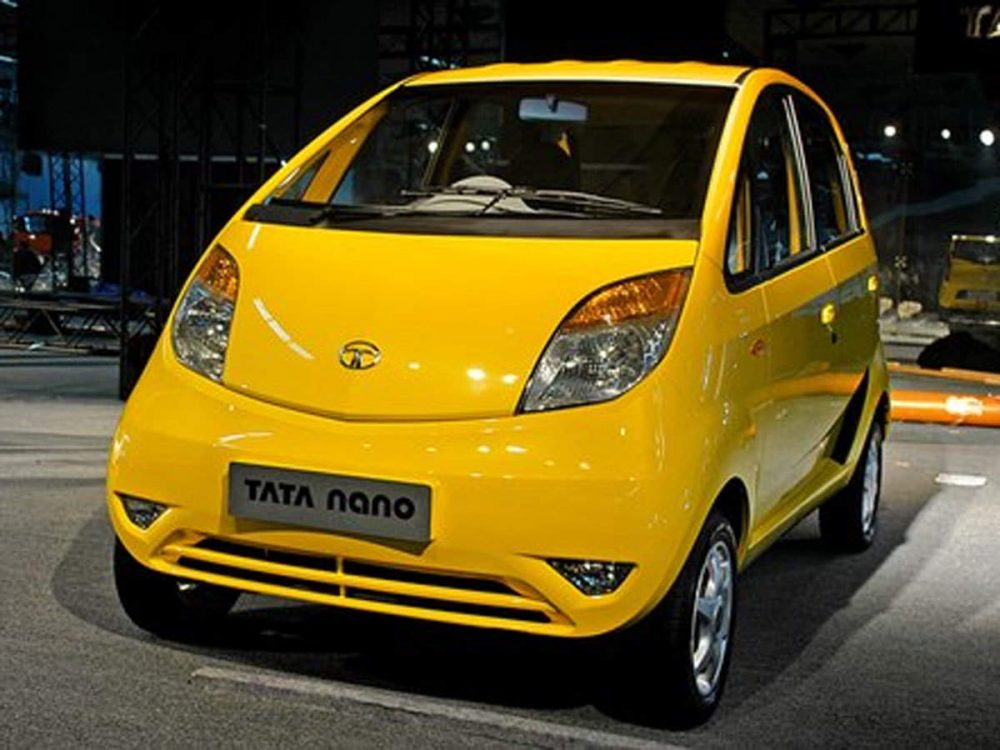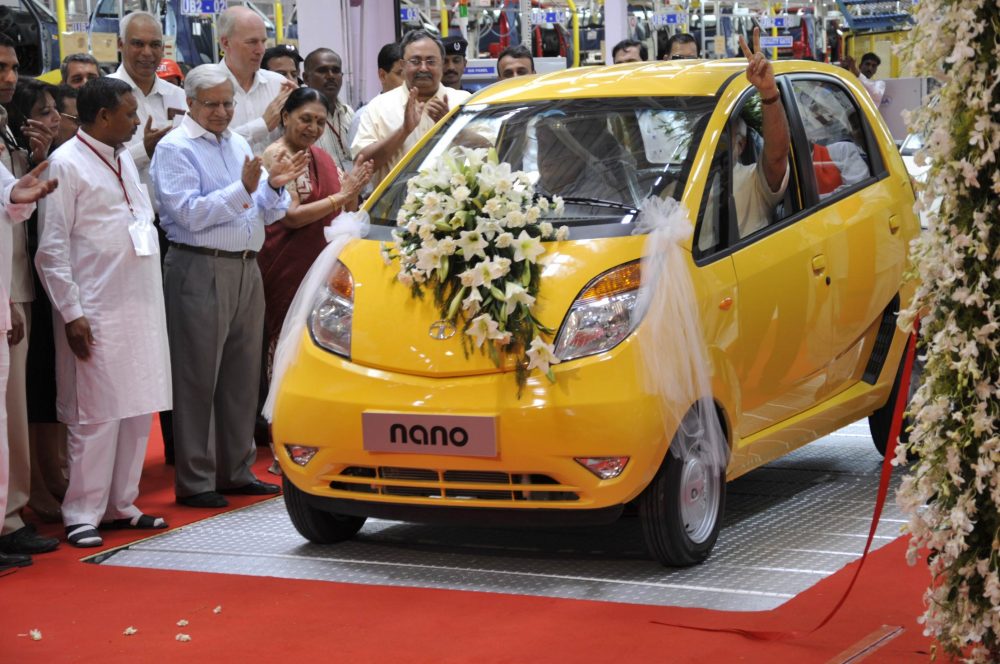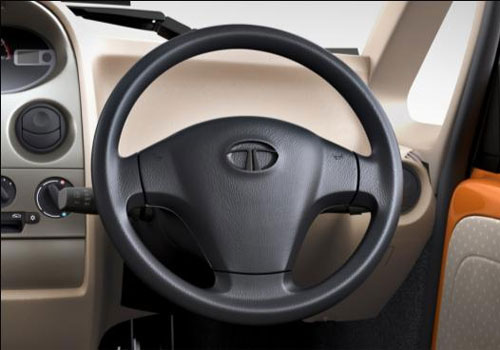Introduction
Tata Nano, the world’s cheapest car, has had an epic journey, taking it from the small town of Singur in West Bengal to the state of Gujarat. Launched in 2008, Tata’s Nano has become an iconic symbol of India’s economic growth and development. The story of the Nano is not only about the car’s journey from one state to another, but also about the hope and aspirations of the people of India. It is a story of ambition, innovation, and determination that took the car from a small-scale prototype to a commercial success. It is also a story of the changing times in India, and the changing face of the Indian automotive industry. From its humble beginnings in a small town in the eastern part of India, the Nano has gone on to become a symbol of India’s economic progress and a source of inspiration for millions.
Background of Tata Nano
 The Tata Nano has come a long way from its humble beginnings in 2008. It has come to symbolize the hopes and aspirations of millions of Indians. It is a product of the Tata Group, India’s largest conglomerate and the owner of brands such as Jaguar Land Rover, Corus Steel, Tetley Tea, and Taj Hotels.
The Tata Nano has come a long way from its humble beginnings in 2008. It has come to symbolize the hopes and aspirations of millions of Indians. It is a product of the Tata Group, India’s largest conglomerate and the owner of brands such as Jaguar Land Rover, Corus Steel, Tetley Tea, and Taj Hotels.
The Tata Nano was the result of Ratan Tata, then chairman of the Tata Group, who challenged his engineers to make an affordable car that would increase the mobility of millions of Indians and improve the quality of their lives. A team of engineers led by Dr. Manohar Kinikkenmala set to work on a car that would cost less than 1 Lakh, yet be able to carry four people at a speed of 100 km per hour. The original name of the car was the Tata Tigor, but it was later renamed the Tata Nano, as the engineers wanted to make a car that was smaller than the Tata Indica.
The Journey of Tata Nano
The Tata Nano’s journey from its modest beginnings in the small town of Singur in West Bengal to the state of Gujarat has been an epic one. It has been a journey from the dreams and hopes of a small group of engineers to the economic progress of a nation.
The Tata Nano has become the symbol of India’s economic progress, a source of inspiration for millions, and a product that has inspired the design of other cars across the world. The Tata Nano was unveiled in 2008, and it was over three years after the launch that the first car was delivered to a customer. The car had a modest beginning, with production at the Tata Motors plant in the small town of Singur in West Bengal.
From West Bengal to Gujarat

The Tata Nano was first launched in the state of West Bengal, but after Nano’s commercial success, its owners decided to move its production to the state of Gujarat. The shift of Nano’s manufacturing plant to Gujarat was due to the tense political situation in West Bengal in 2011.
The 2011 assembly elections in West Bengal were marked by violence and a massive political protest. This led to a violent crackdown by the state’s police on the protesting groups who wanted to oust the ruling party. This political unrest and the constant threat to the safety of Nano’s workers, who were mostly from the minority community, prompted the company to move to Gujarat.
The Economic Impact
The Tata Nano has had a massive impact on the economies of both West Bengal and Gujarat. West Bengal’s economy has been able to grow and become more diversified due to the Tata Nano. The increase in the demand for cars has helped the state to grow its automotive sector, with more car companies setting up their manufacturing units in the state. This has in turn helped the state to create more jobs for its citizens.
This change in the state’s economy has created a ripple effect on the growth and development of the state’s rural areas, helping farmers to diversify their sources of income. The Tata Nano has led to an increase in the demand for parts and components required to make the car, helping the automobile parts manufacturing industry in the state of West Bengal grow.
Changing Indian Automotive Industry

The Tata Nano’s journey from West Bengal to Gujarat has also helped to bring about a change in the Indian automotive industry. The Tata Nano’s journey has inspired other car manufacturers to create low-cost, low-maintenance cars. Car makers such as Hyundai and Mahindra have also created low-cost cars such as the Hyundai i10 (costing around 3.87 lakhs) and Mahindra Reva (Rs 3,49,705).
The popularity and demand for these cars have led to a change in the automotive landscape of India, with more and more people buying cars and the automotive industry in India growing at a steady pace.
The Impact of Tata Nano on the Indian Society
The Tata Nano’s journey from its modest beginnings in the small town of Singur in West Bengal to the state of Gujarat has not only had an economic impact but has also helped to improve the quality of life of millions of Indians.
The Tata Nano’s journey from one state to another has not only helped India’s economy to grow but has also helped to increase the mobility of millions of Indians. This increase in mobility has led to more efficient, effective transportation for the people of India, which has increased their productivity at work, as well as their ability to reach their desired destinations on time.
Challenges Faced by Tata Nano
 The Tata Nano has had an epic journey, from its modest beginnings in the small town of Singur in West Bengal to the state of Gujarat, but the road to commercial success has not been an easy one. The Tata Nano has had to face its fair shares of challenges, such as the inability to sell the car due to the lack of demand and a cyclone that destroyed a shipment of parts needed to build the car.
The Tata Nano has had an epic journey, from its modest beginnings in the small town of Singur in West Bengal to the state of Gujarat, but the road to commercial success has not been an easy one. The Tata Nano has had to face its fair shares of challenges, such as the inability to sell the car due to the lack of demand and a cyclone that destroyed a shipment of parts needed to build the car.
The inability to sell the car was due to the fact that the car was neither attractive nor appealing to Indian customers. The car was too basic and did not have any advanced features. The cyclone that destroyed a shipment of parts needed to build the car had a damaging effect on the car’s future in the Indian market, as the parts that were destroyed were essential for the car.
Our Take
The Tata Nano has come a long way from its modest beginnings in the small town of Singur in West Bengal to the state of Gujarat, becoming a source of inspiration for millions of Indians and helping India’s economy to grow. From its humble beginnings as a small-scale prototype to commercial success, the Tata Nano has become an iconic symbol of India’s economic progress.
It is a story of ambition, innovation, and determination that took the car from a small-scale prototype to a commercial success. It is also a story of the changing times in India, and the changing face of the Indian automotive industry.





